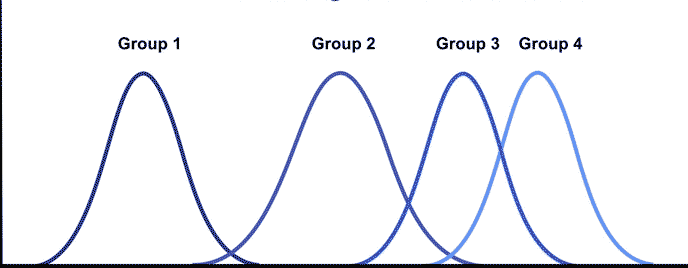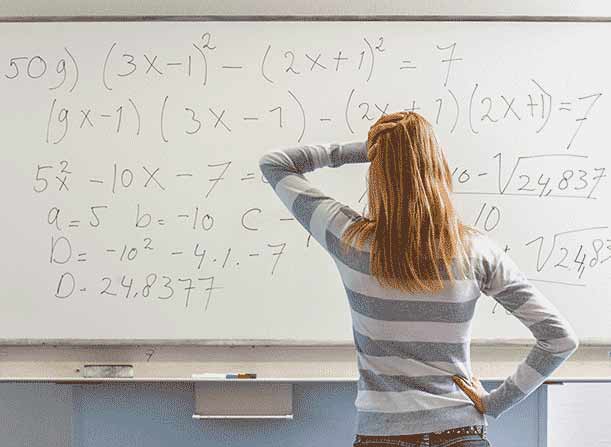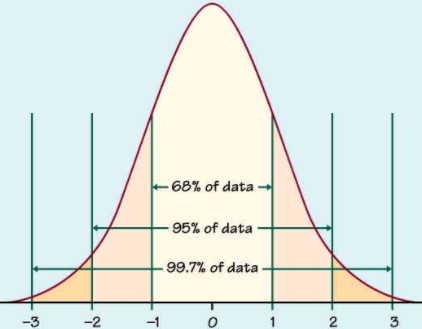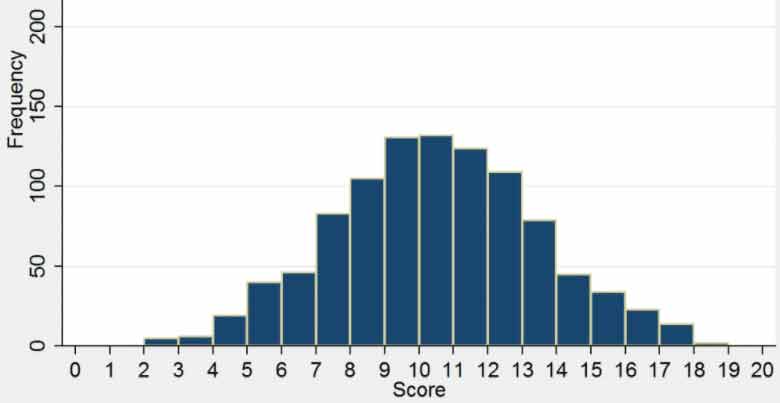How is ANOVA used in Statistics
Analysis of Variance (ANOVA) is a statistical analysis technique that divides the observed aggregate variability within a data set into two components: systematic and random factors.

Combinatorics
Combinatorics is a field of mathematics that mainly focuses on numbers as a way to generate results, as well as specific properties of finite structures. It is closely connected to many other fields, from logic to mathematical mechanics, from evolutionary biology to computer science, and so on.
 Read more...
Read more...
Z-score and Probability
Strictly speaking, a z-score (almost always named a regular score) represents the fundamental building block of just how far a piece of data would be from the average. But more theoretically, it's a calculation of how many normal deviations mean a raw score is below or above the population.

What is Statistics?
Statistics is the process of gathering, organizing, presenting, analyzing, and interpreting data. This is done in order for the data to be used for making more sound decisions. This whole discipline of statistics is the fundament of many current and future businesses.

Standard Deviation
The standard deviation is the calculation of the dispersion of a dataset relative to the average and is the square root of the variance measured. The standard deviation is calculated as a radical quadratic variance by evaluating the difference between each data point and the mean. If the data points are longer than average, the greater the disparity within the dataset. Thus, the more the data are distributed, the higher the norm.
 Read more...
Read more...
P-value in Statistics
In statistics, if the null hypothesis is right, the p-value is the likelihood of achieving outcomes at least as extreme as the measured data of a statistical hypothesis test. The p-value can be used to offer the smallest level of significance at which the null hypothesis will be denied, as an equivalent to rejection points. A lower p-value means the proof in favor of the alternative hypothesis is greater.

Regression Analysis
In statistical modeling, regression analytics are used statistically to measure the relationship between dependent variables and one or more independent (often known as 'predictors',' covariates' or 'features') variables. Linear regression is the most common method of regression analysis where a researcher looks for a line (or more complex linear combination) that closely matches the data according to specific criteria. Read more...
Kurtosis
In finance and, more precisely, risk management, excess kurtosis is a required method. Any occurrence in question is vulnerable to extreme effects with severe kurtosis. When analyzing historical returns from a single stock or portfolio, it is a significant factor. Read more...
Joint Probability Distribution
In statistics, any statistical association, whether causal or not, among both two or more variables or bivariate data is correlation or dependency. Any statistical correlation is correlated in the broadest sense, although it typically refers to the degree to which a pair of variables are connected linearly. Familiar examples of dependent phenomena include the correlation between the height of parents and their children, as seen in the so-called demand curve, and the correlation between the price of a good and the amount buyers are willing to buy. Read more...
Hypothesis Testing
The most popular framework for statistical hypothesis testing is meaning-based hypothesis testing. An alternate method for the analysis of statistical hypotheses is to define a collection of statistical models, from each candidate hypothesis, and then select the most appropriate framework using model selection techniques. The most popular methods of selection are based either on the criterion for Akaike knowledge or the Bayes factor. Read more...
Descriptive vs. Inferential Statistics
If we want to use descriptive statistics, it's indeed useful to use a combination of management process (i.e. tables), reported that the results (i.e. graphs and charts) and statistical commentary to summarize our data group (i.e., a discussion of the results). Read more...
Conditional Probability
Based on a previous event or outcome, the conditionality probability is characterized as the probability of an event or product. Conditional probability shall be compared with the modified chance of the successor or dependent circumstance by multiplying the previous event's possibility. Read more...